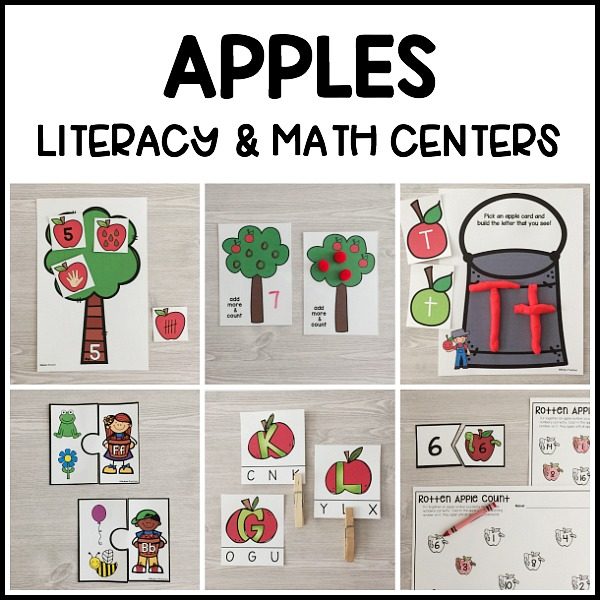METHONDS AND RESOURCES
How should teaching approaches for young learners be?
The teaching appoaches for young shoul be:
- Enjoyable
- Supported
- Social
- Purposeful
- Meaninful
- Method of practical Works
- Method of drawing and conversation
- Method of singing and reading poems
- Method of total physical response
What materials do you need in your classroom to follow these principles?
- ''Pop Corn'' Words: They Pop Up Everywhere
- Playing With Letters: Letter-Sounds and Creating Words
- Sand and Table and Flannel Bloard: Retelling Stories
- Log Hotel: Launching Literacy with Science Activity
- Listening Centre: Supporting Understanding with Props
- Literacy in Math Center: Vocabulary and Concepts and Vocabulary with Literature
- Meaningful Attendance: Question of the Day Prompts a Written Response
- Buil Your Own Poem: Making Rhymes Based on Spelling Patterns
- Starfall Computer Center: Teaching ''Short o'' Sound
- Personal Book Bins: Supporting Reading Practice
- ''Slinky'' Phonemic Awareness: Stretching and Blending Words
- Naming Objects in Sound Bins: Building Awareness of Initial Phonemes
- Drive-Thru Blending in Prek/K: Building Phonemic Awareness and Letter-Sounds
- Treasure Time: Sorting Objects on Initial Sounds
- Letter of the Week: Engaging Activities to Practice Letter Names and Sounds
- Forming Letters: Verbal Prompts to Facilitate Learning
- Building Word Families: Making and Breaking Words in the ABC Center
- Café Drama Center: Developing Language and Vocabulary Through Play
- Writing Around the Room: Labelling Personal Constructions and Artwork
- Poem of the week: Developing Concepts of Print, Word Recognition and Rhyming
- Morning Messages: Developing Concepts of Print, Word Recognition and Rhyming
- How to Make a List: Building Independence Through Modeling and Picture References
- Favorite Read Alouds: Strategies for Fiction and Nonfiction Books
- Pointers and Pals: Props to Encourage Students to Find and Read Words
- Writer's Workshop: Modeling and Guiding the Writing Process in Kindergarten
- Kindergarten Word Wall: Developing Print Awareness and Word Recognition















Very good. just some things to improve:
ResponderEliminar-methods: MI, TPR and PBL
You have worked a lot in the materials section. Great! Take into account that in many cases, you are writing about activities, not materials.